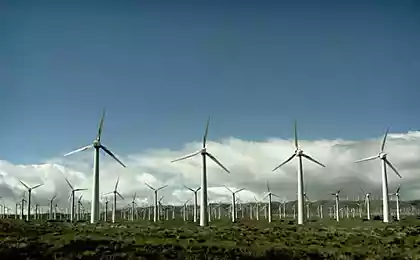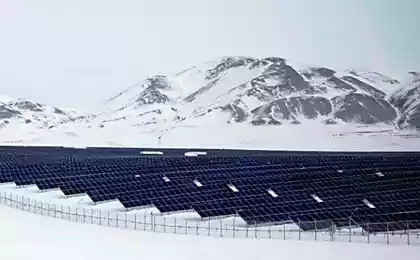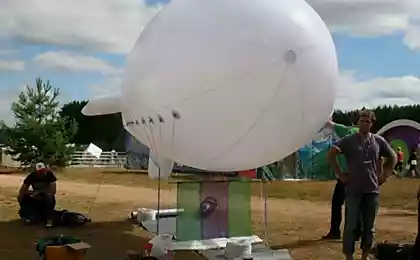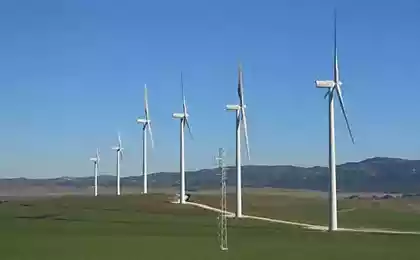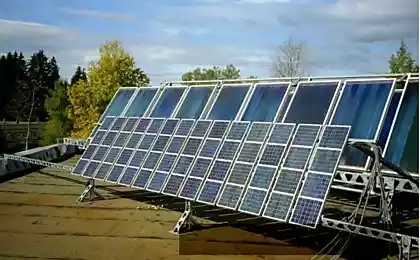215
The EU is approaching its goal of using renewable energy
New figures from the European Commission show that the share of renewable energy in the European Union’s total energy consumption continues to grow and is approaching the target of 20% by 2020, up from 16.7% in 2015.

The European Union aims to increase its share of renewables in gross final energy consumption to 20% by 2020 and to 27% by 2030. These figures are reflected in a new data set published by Eurostat, the statistical office of the European Union. Primary renewable energy production also increased, part of a long-term trend of 184% increase in primary production between 1990 and 2015, where declines were recorded in only two years (in 2002 and in 2011, due to the impact of hydropower).
Primary energy production from renewable sources, EU-28, 1990-2015
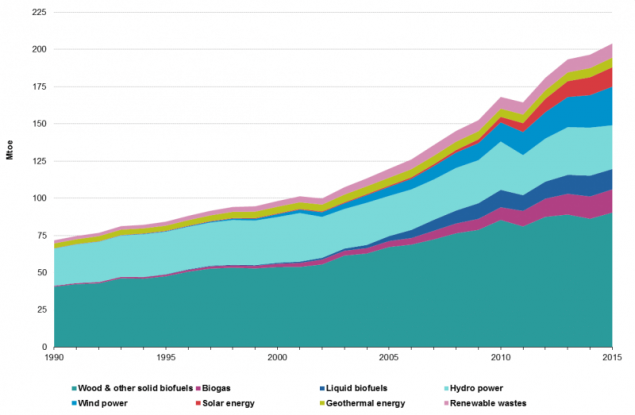
Sweden has the highest share of renewable energy in its gross energy consumption at 53.9%, followed by Finland with 39.3%, Latvia with 37.6%, Australia with 33% and Denmark with 30.8%. At the other end of the scale are Luxembourg and Malta, which have the lowest share of renewables at 5% of their gross energy consumption, followed by the Netherlands with a share of 5.8%, Belgium with 7.9% and the UK with only 8.2%.
But these figures do not reflect countries’ achievement of their goals. Eleven countries have already reached the level planned for 2020 – Bulgaria, Czech Republic, Denmark, Estonia, Croatia, Italy, Lithuania, Hungary, Romania, Finland and Sweden. At the same time, Austria and Slovakia are practically at their goal. At the other end of the scale are the Netherlands, which is 8.2 percent off their 2020 national target, followed by France, which is 7.8 percent behind, and Ireland with the UK, both 6.8 percent behind.
P.S. And remember, just changing our consumption – together we change the world!
Source: ecotechnology

The European Union aims to increase its share of renewables in gross final energy consumption to 20% by 2020 and to 27% by 2030. These figures are reflected in a new data set published by Eurostat, the statistical office of the European Union. Primary renewable energy production also increased, part of a long-term trend of 184% increase in primary production between 1990 and 2015, where declines were recorded in only two years (in 2002 and in 2011, due to the impact of hydropower).
Primary energy production from renewable sources, EU-28, 1990-2015

Sweden has the highest share of renewable energy in its gross energy consumption at 53.9%, followed by Finland with 39.3%, Latvia with 37.6%, Australia with 33% and Denmark with 30.8%. At the other end of the scale are Luxembourg and Malta, which have the lowest share of renewables at 5% of their gross energy consumption, followed by the Netherlands with a share of 5.8%, Belgium with 7.9% and the UK with only 8.2%.
But these figures do not reflect countries’ achievement of their goals. Eleven countries have already reached the level planned for 2020 – Bulgaria, Czech Republic, Denmark, Estonia, Croatia, Italy, Lithuania, Hungary, Romania, Finland and Sweden. At the same time, Austria and Slovakia are practically at their goal. At the other end of the scale are the Netherlands, which is 8.2 percent off their 2020 national target, followed by France, which is 7.8 percent behind, and Ireland with the UK, both 6.8 percent behind.
P.S. And remember, just changing our consumption – together we change the world!
Source: ecotechnology
Underwater energy storage system
Power electric hypercar Artega Scalo Superelletra more than 1000 horses


